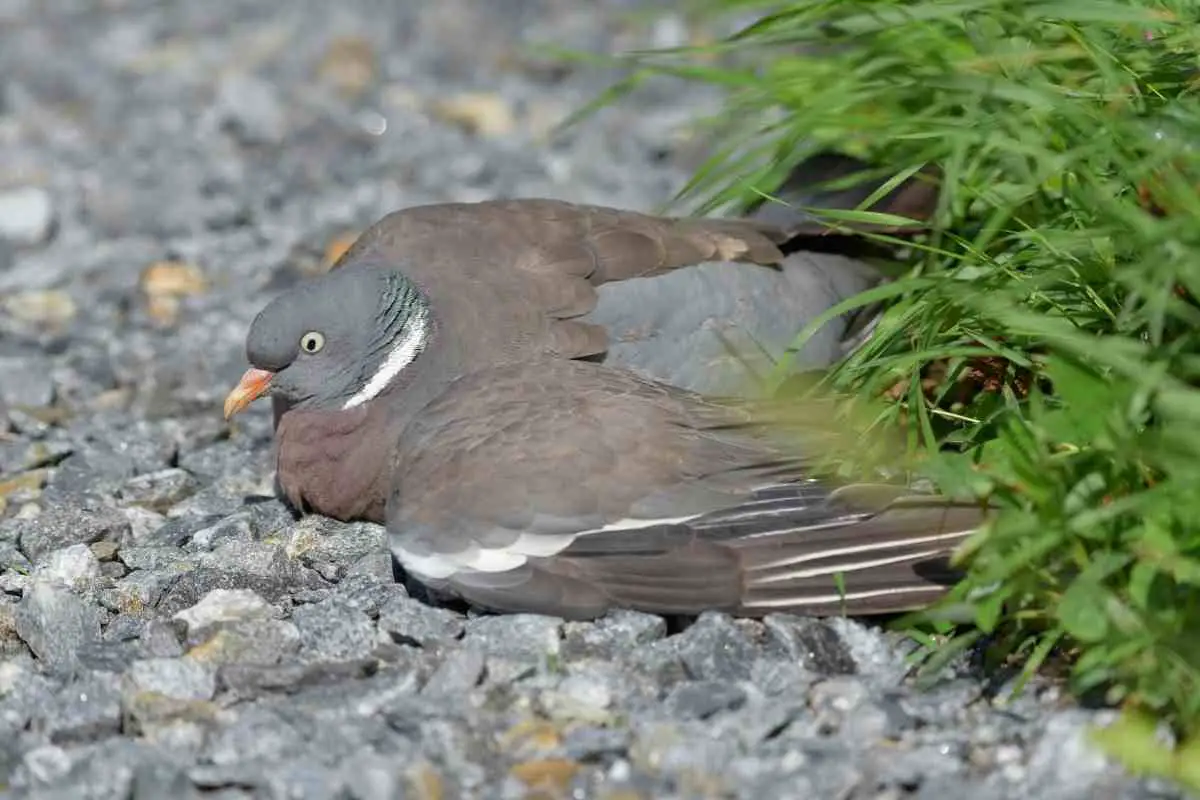If you find an injured pigeon in your backyard, the best practice is to relocate it to a dark, warm, and enclosed space such as a box or crate. Once the pigeon is safe from predators, you can evaluate its injuries and call an animal rescue service. Make sure to feed and hydrate the pigeon throughout its recovery.
Helping an injured pigeon in your backyard isn’t overly complicated and could save its life.
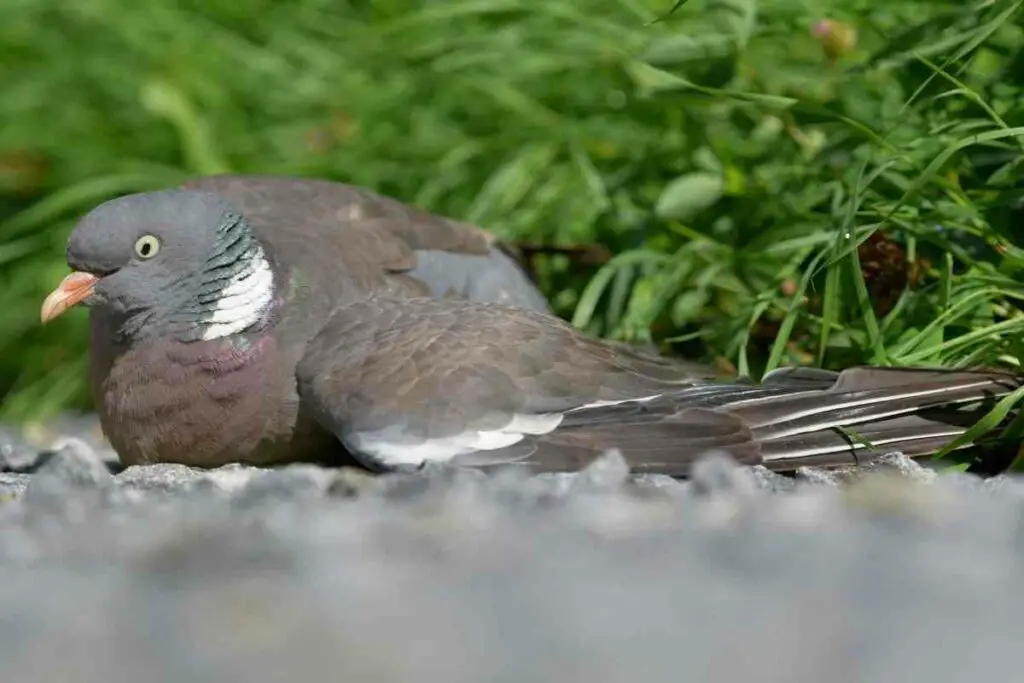
So, let’s explore the simple steps involved in rescuing and treating an injured pigeon.
How Do I Know If I Should Help the Pigeon?
The pigeon will make its needs clear.
Pigeons won’t naturally hang around one spot so if you notice one bird staying in your backyard constantly, it likely has an issue and needs help.
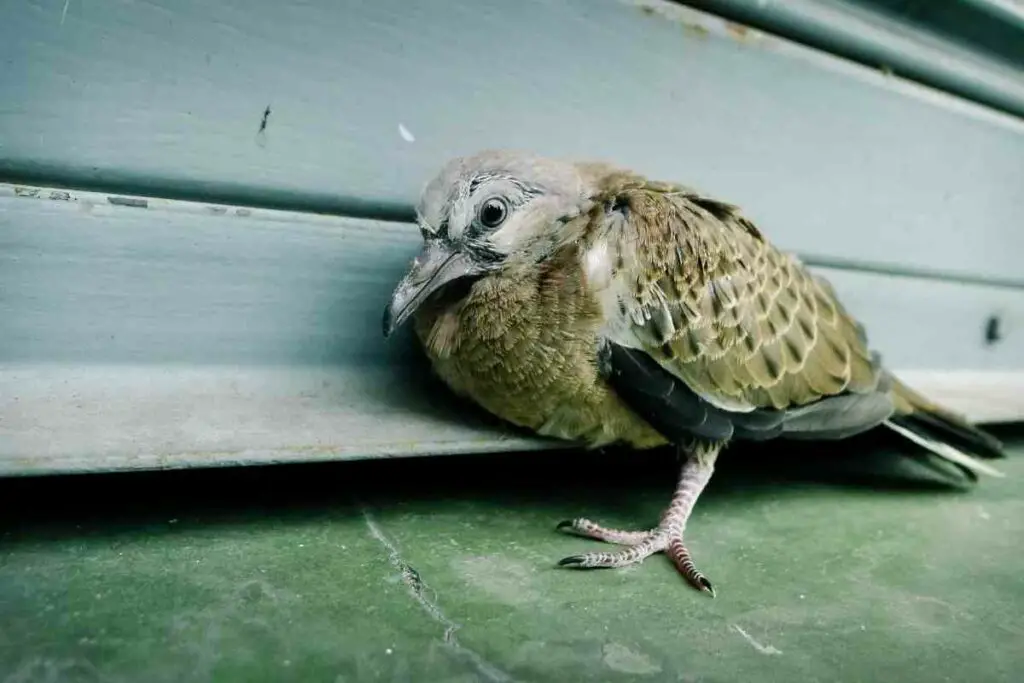
An obvious injury may be that the bird’s wings are causing a visible hindrance.
For Instance – If the bird can’t seem to open its wings fully, isn’t able to fly away, or if you notice a tear or broken piece on the wing.
The same goes for the pigeon’s feet.
Sometimes pigeons can lose a foot or break one or both. If either the wings or feet are hurt, the pigeon needs your help.
How Should I Approach the Injured Pigeon?
The first step is to make sure there are no predatory animals nearby.
If you have a dog or a cat, make sure they are inside and far away from the bird as their presence, even if they are gentle, will only deepen the injured bird’s shock.
The same goes for young children.
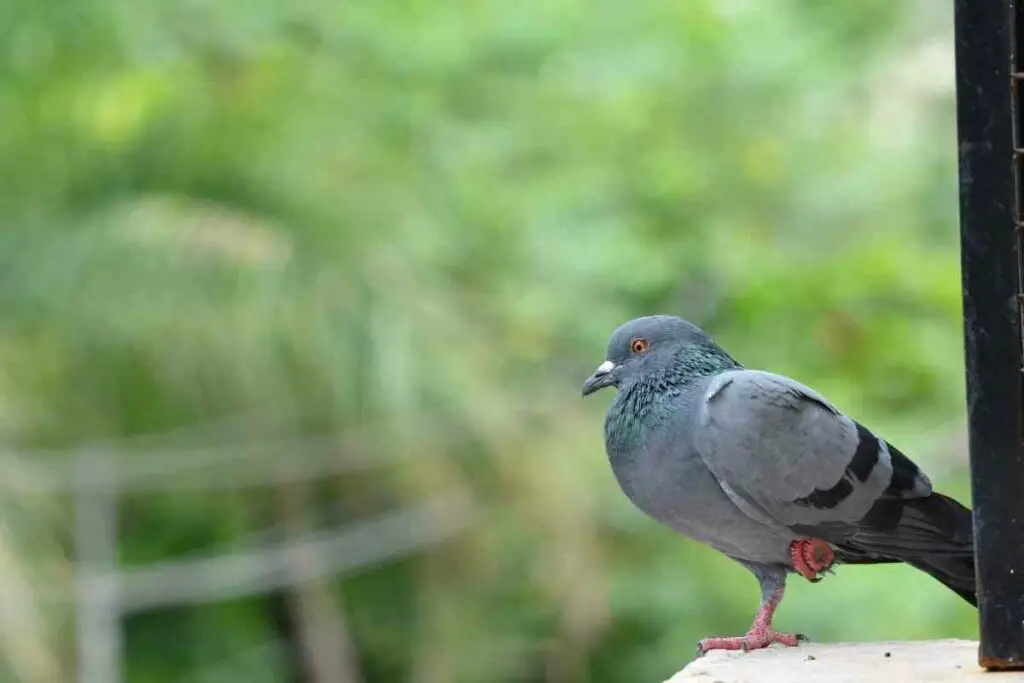
Once this step is complete, you can approach the bird.
Move gently and slowly but do not fear. It is very unlikely that the pigeon would bite you, even more so because it is injured and weak.
Excellent Advice: The pigeon may squirm as it does not understand that you are trying to save it. So, you may wish to toss a light towel over the pigeon before approaching to limit its movement.
How Should I Pick up the Injured Pigeon?
The way you go about picking up the injured pigeon is very important.
Humans have natural oils in the skin that can irritate the bird so try to put on some gloves before touching the pigeon.
However, if you do not have gloves, you can use your hands but try to keep the contact brief.

Always use both your hands to avoid dropping it.
Hold the pigeon across its back over both wings. If it is the wing that is injured, use extra caution.
Keep In Mind – Some pigeons may be apprehensive about having you pick them up. In this case, you may try to lure them into the box with small pieces of bread or seeds.
You could also try walking behind it to direct it towards the enclosure.
Of course, the latter two options are dependent on the bird’s mobility given the injury.
Where Do I Put the Injured Pigeon?
Have a box or some type of enclosed vessel ready when you pick up the bird.
Put some cloth at the box’s base to make it more comfortable for the pigeon.
This space should be enclosed to ensure no predators can get in and to keep the light out as darkness is best for a recovering pigeon.
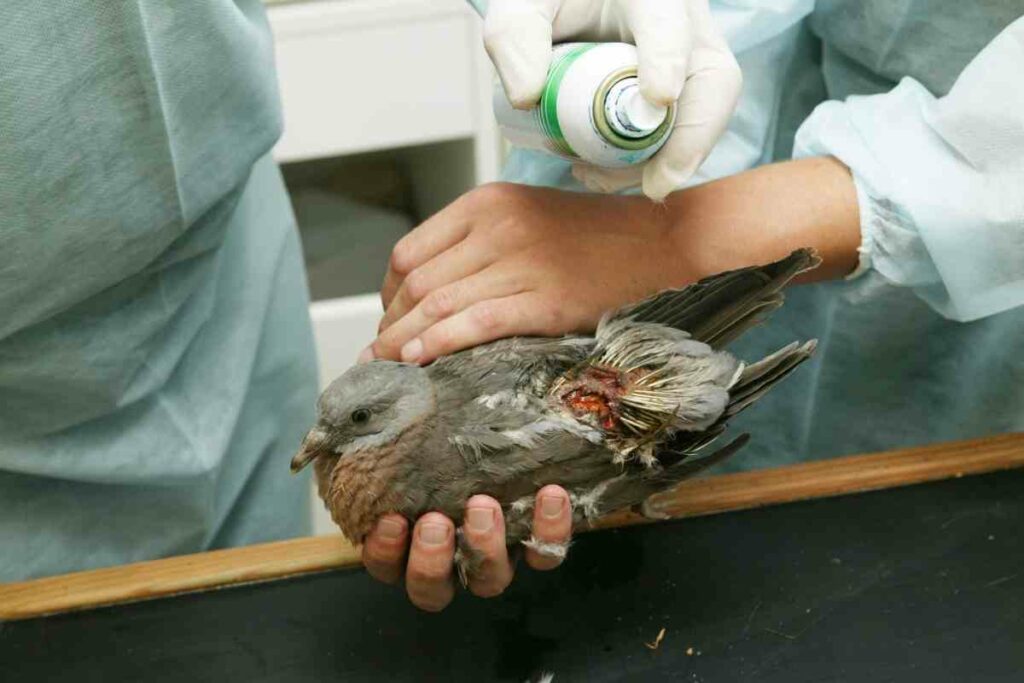
The placement of the box should also be in a warm space.
Do not leave the box outside in the cold as the bird is vulnerable given its injury.
Finally: Make sure the box is spacious enough that the bird gas room spread its wings and lay down. You could also use a crate for animals or any other protected carrier.
Should I Call an Animal Rescue Service?
Yes.
Look up your local animal rescue service and give them a call.
Explain the situation and what steps you have taken so far.
They will offer some advice and evaluate the injury for whether or not they should pick up the bird from your care.
Should I Feed the Bird?
If the animal rescue service decides the bird will heal in your care, you will need to feed it while it heals.
Feeding the pigeon is vital to its recovery as is hydration.
You can place a small bowl of birdseed and another of water in the pigeon’s box.
Pigeons will eat throughout the day and often. Monitor the bird’s eating habits.
Have You Noticed: A bird without an appetite is likely very unwell which is something you should report to the rescue service.
How Do I Know the Bird Is a Pigeon?
Whether the bird is a pigeon or not won’t change this guide’s instructions too much.

However, if you would like to be sure it is indeed a pigeon, you can identify the bird a few ways.
There are several types of pigeons so just because the bird doesn’t look like the classic grey pigeon, doesn’t mean they aren’t one.
The bird may be white or dark grey or anything in between and likely has narrow wings.
If you aren’t quite sure, we suggest looking up some pictures of pigeon variations to compare.
The size of the pigeon will indicate whether the pigeon is a male or a female. Males are significantly larger than females.
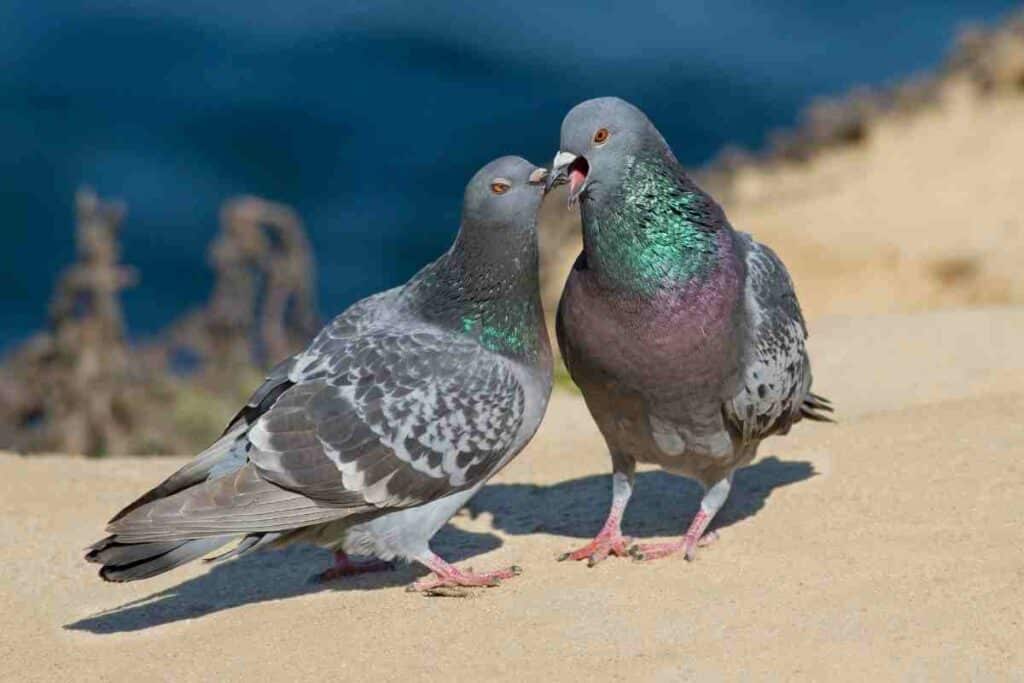
Final Thoughts
If you come across an injured pigeon in your backyard, there are a few steps to follow to ensure the best outcome possible.
However, if the injury is too significant or you feel ill-equipped to aid the bird, you should call your local animal rescue service for help.
They will either guide you through the necessary steps on the phone or come to pick up the bird themselves.
Remember to act as soon as you notice the bird as an injured pigeon is in grave danger to predators.
The sooner you can get the pigeon to a safe place, the higher its chances of survival.
Pigeons are perhaps not the most beautiful of birds, but they are animals nonetheless and if you spot one hurt in your backyard, you should follow the steps in this guide to help the bird.
